Which sample A or B shown in figure has shorter mean-life ?
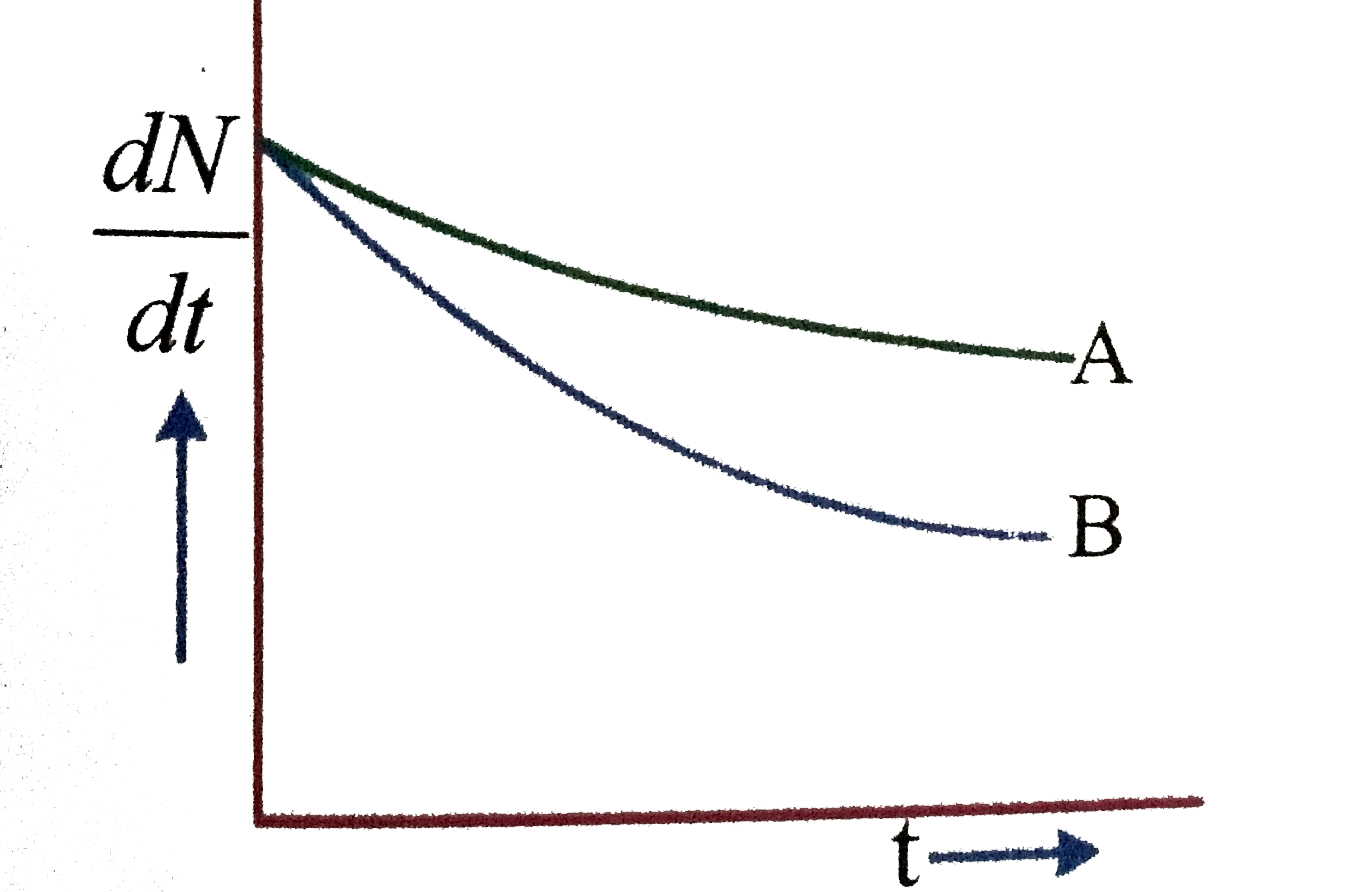
Video Solution
Text Solution
form fig. , we find that at t=0,(dNdt)A=(dNdt)B
Therefore, (N0)A=(N0)B
At any subsequent time, (dNdt)B<(dNdt)A
∴λBNB<λANA
As NB<NA (rate of decay of B is slower)
∴λB<λA
Hence, τB<τA, i.e., mean life time of B is shorter than that of A.
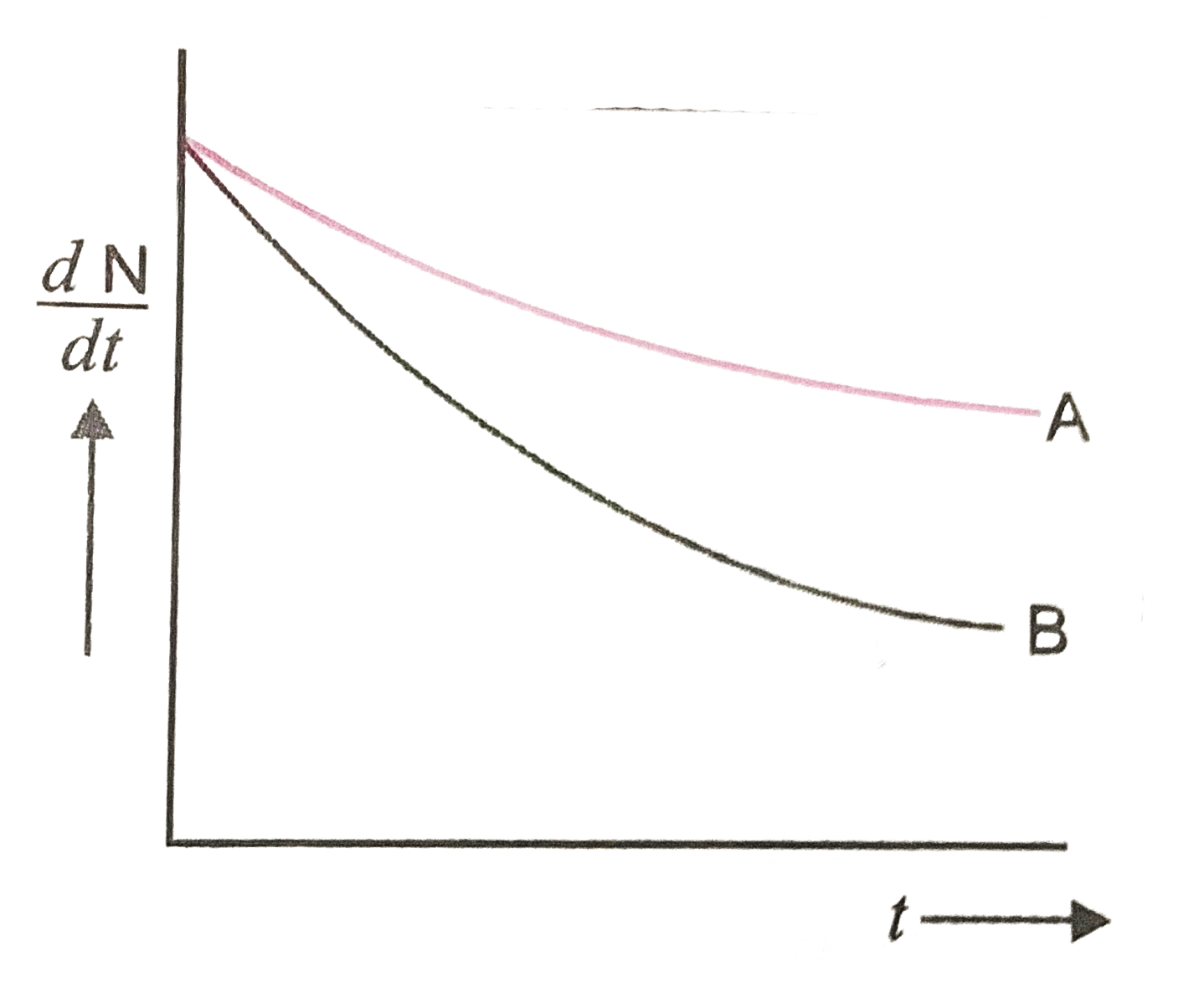
|
Similar Questions
Knowledge Check
A and B shown in the figure arc
 AEpidermis and Guard cell,BGuard cell and Cuticle,CStomatal pore and Guard cell,DEpidermis and Pore.
AEpidermis and Guard cell,BGuard cell and Cuticle,CStomatal pore and Guard cell,DEpidermis and Pore.Which sample contains greater number of nuclei ?
a 5.00−μCi sample of .240Pu (half-life 6560y)
or a4.45−μCi sample of .243Am (half-life 7370y).A.240PuB.243AmCEqual in bothDNone of theseThe count rate of 10g of radioactive material was measured at different times and times has been shown in the figure. The half-life of material and the total counts (approximately) in the first half life period, respectively are.
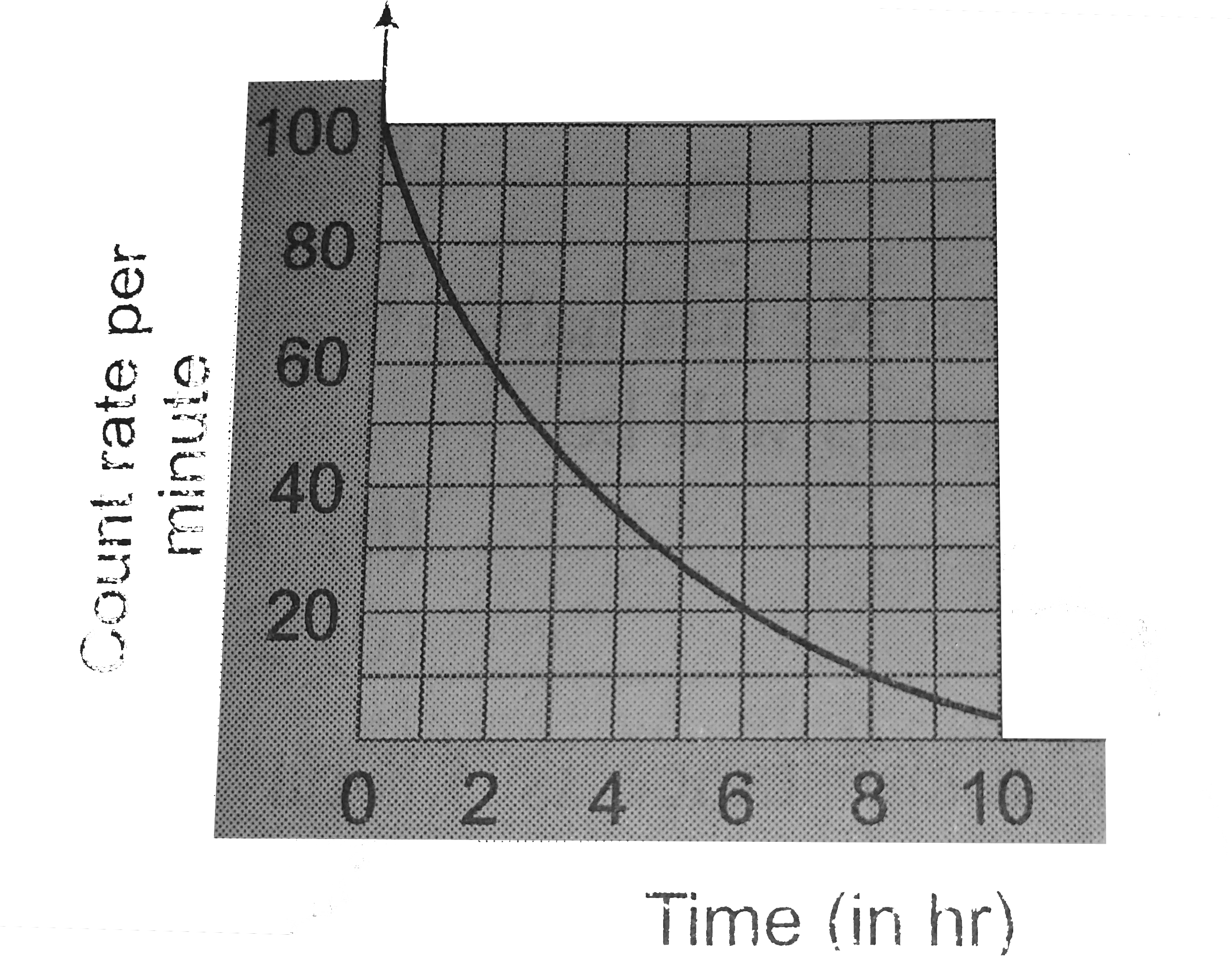 .A4h,9000B3h,14000C3h,235D3h,50
.A4h,9000B3h,14000C3h,235D3h,50
Which sample, A or B, shown in the following figure has shorter mean life?
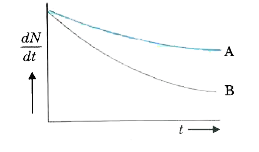
View SolutionWhich of the two waveforms shown in Figure has a higher average value?

View SolutionWhich of the two waveforms shown in Figure has a higher rms value?
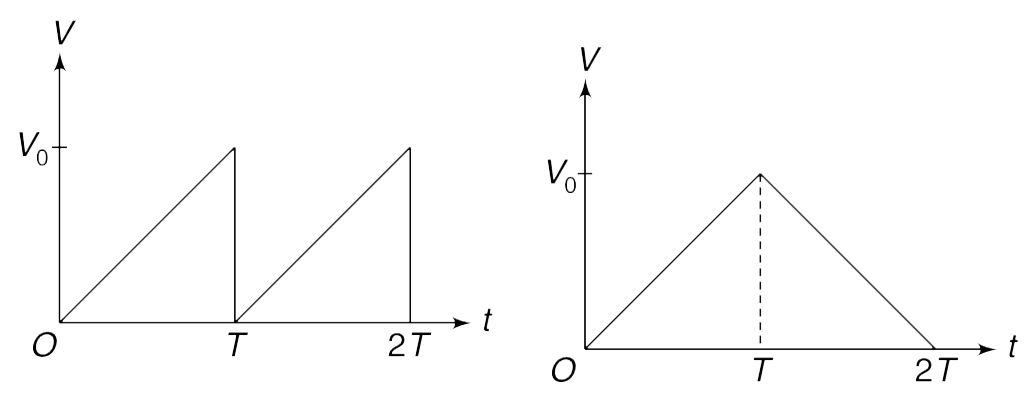
View SolutionWhich colour of light has the shorter wavelength-red or violet ?
View SolutionWhat percentage of the atoms in a sample will remain undecayed in a time equal to mean life ?
View Solution

